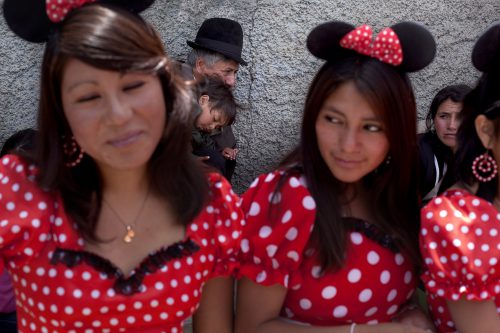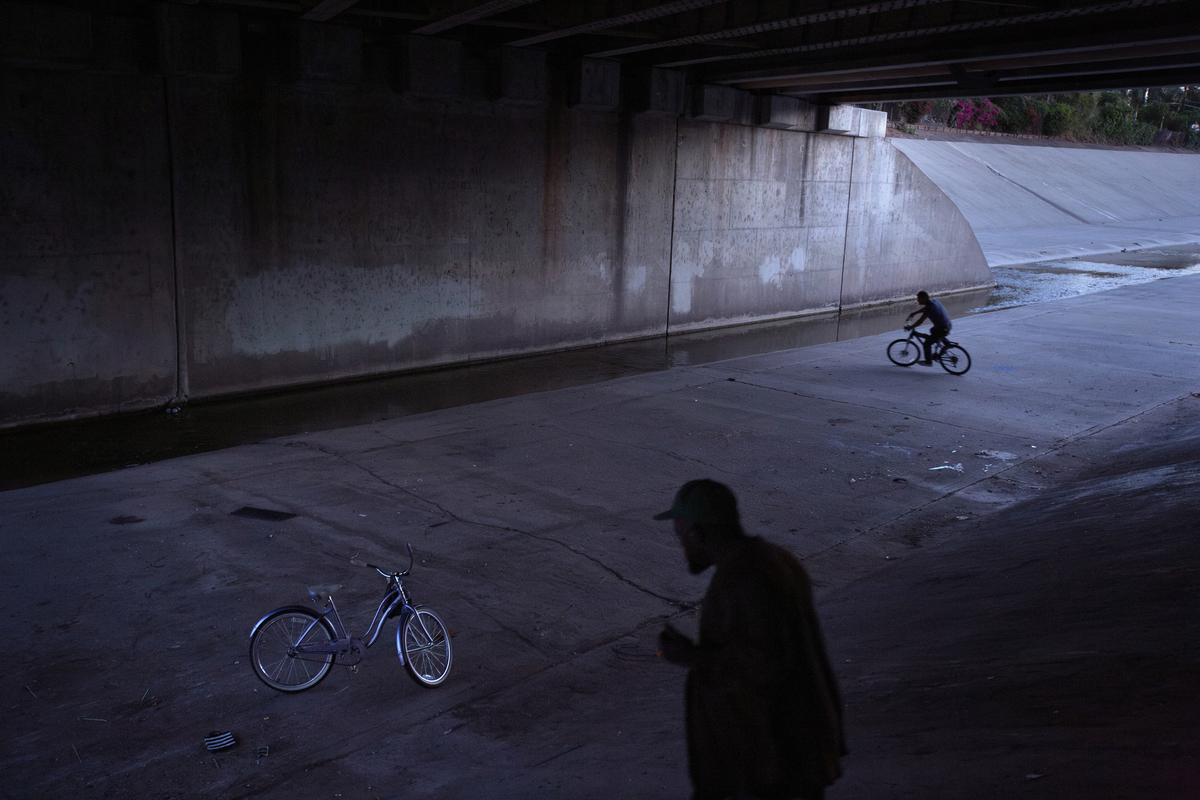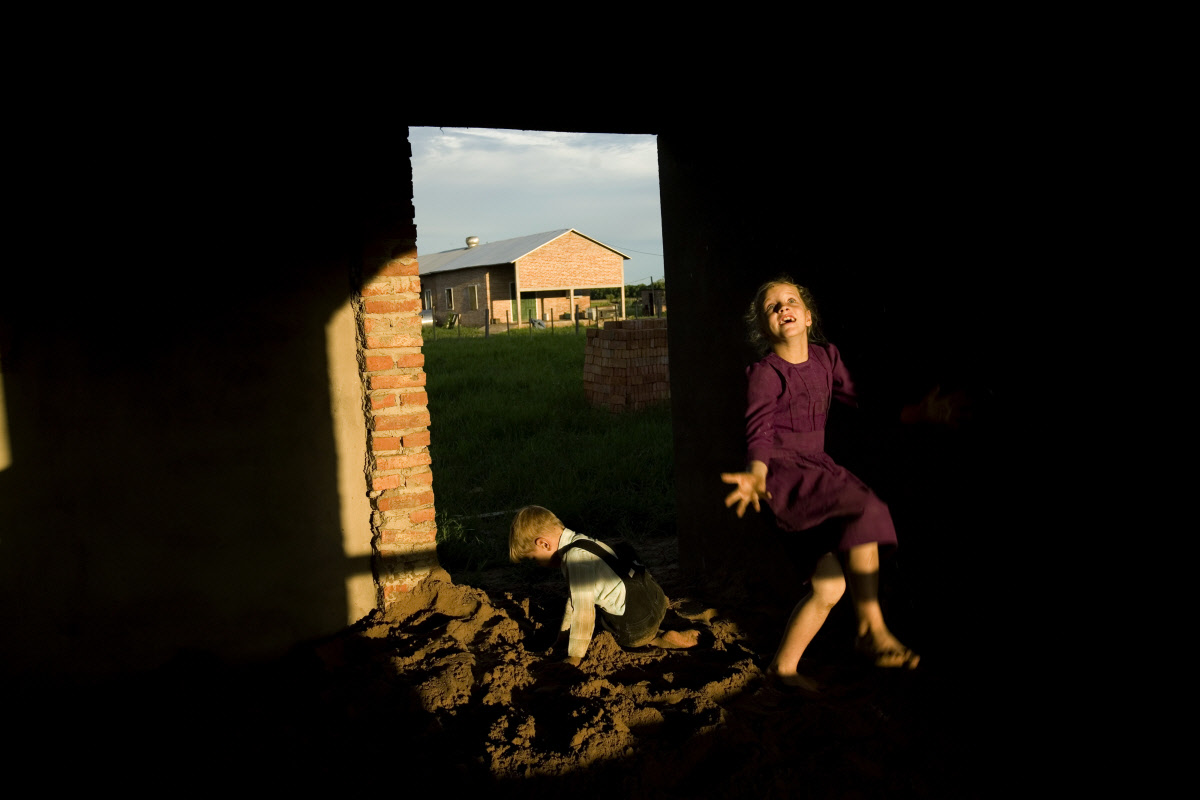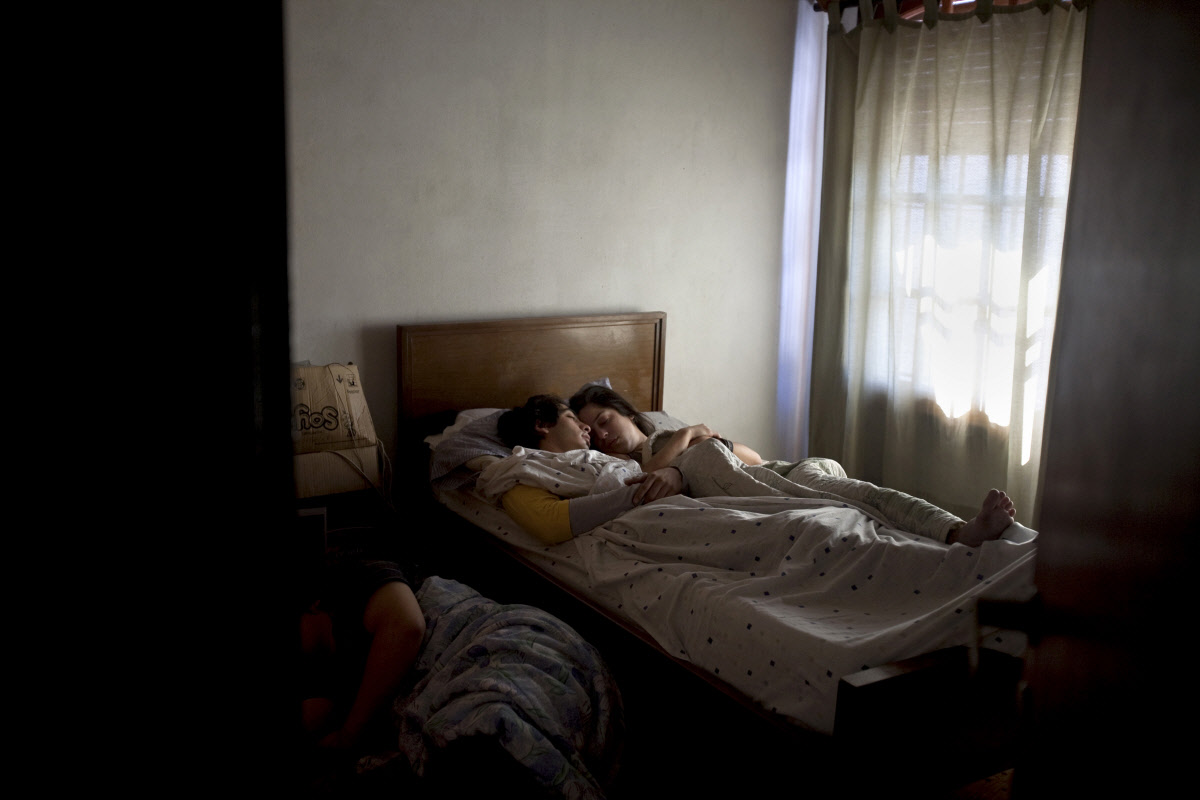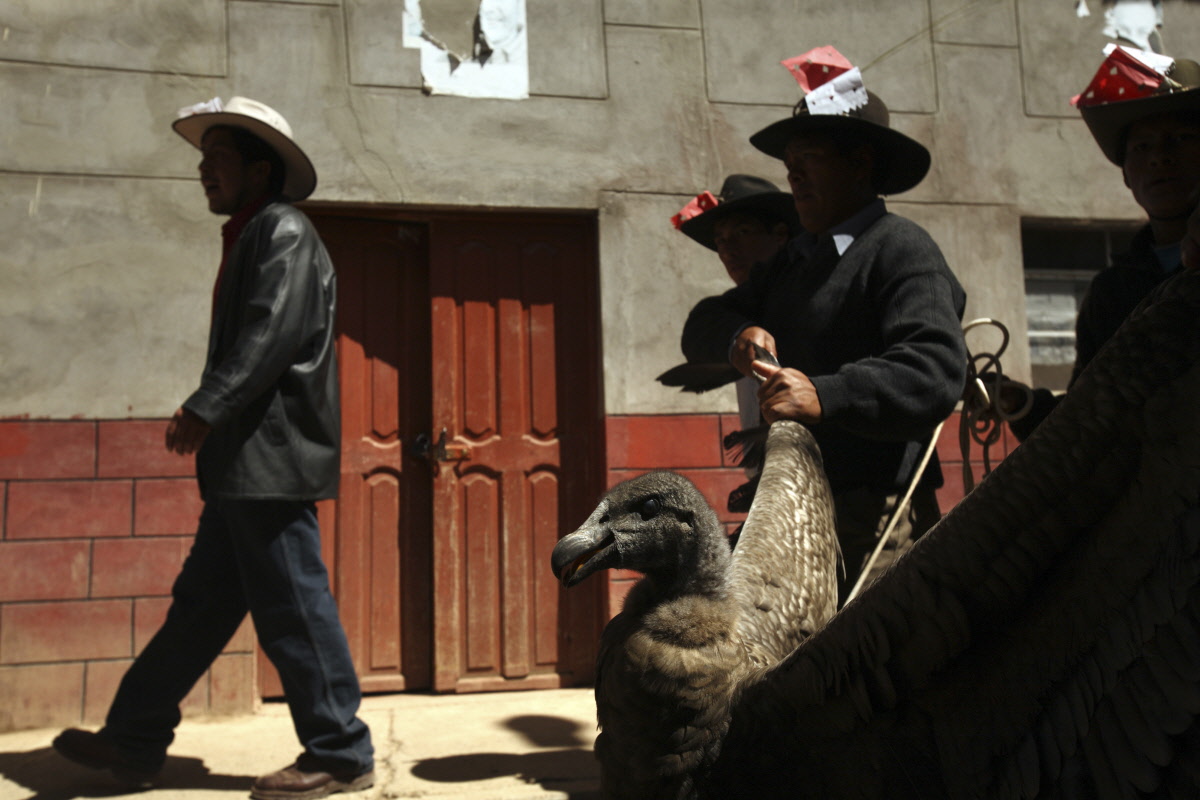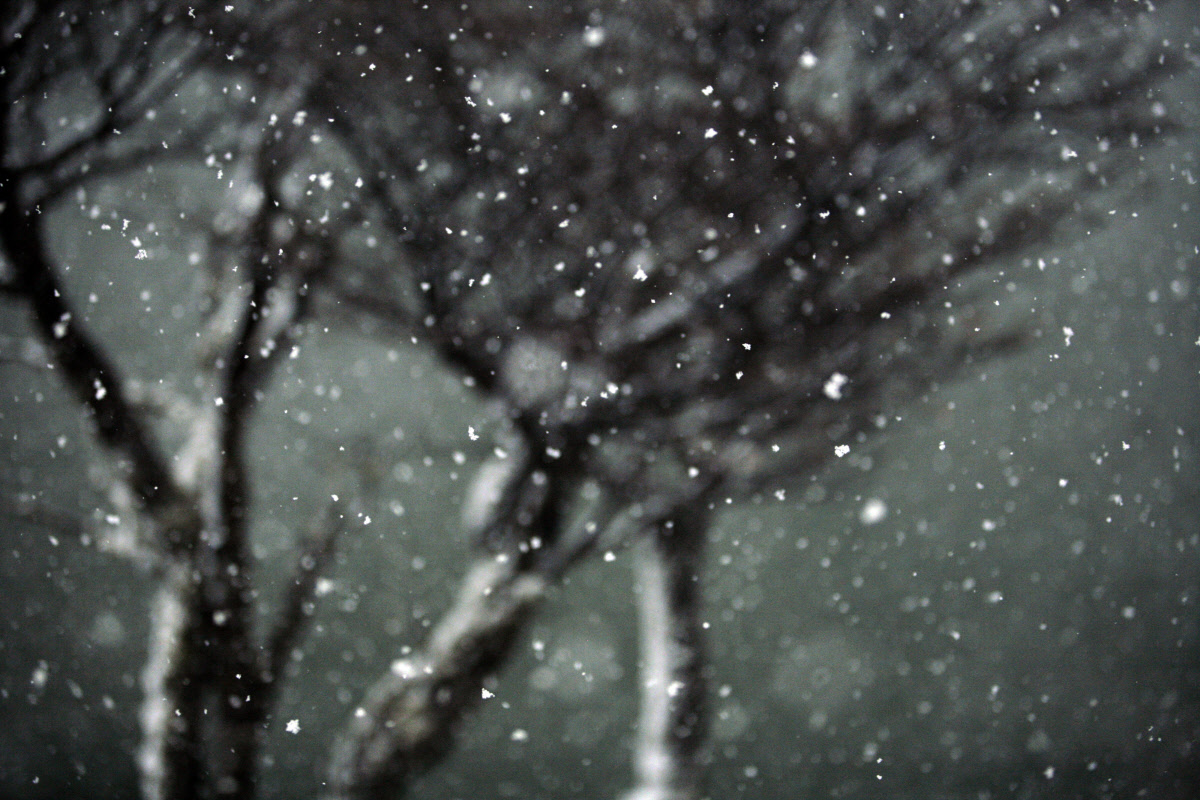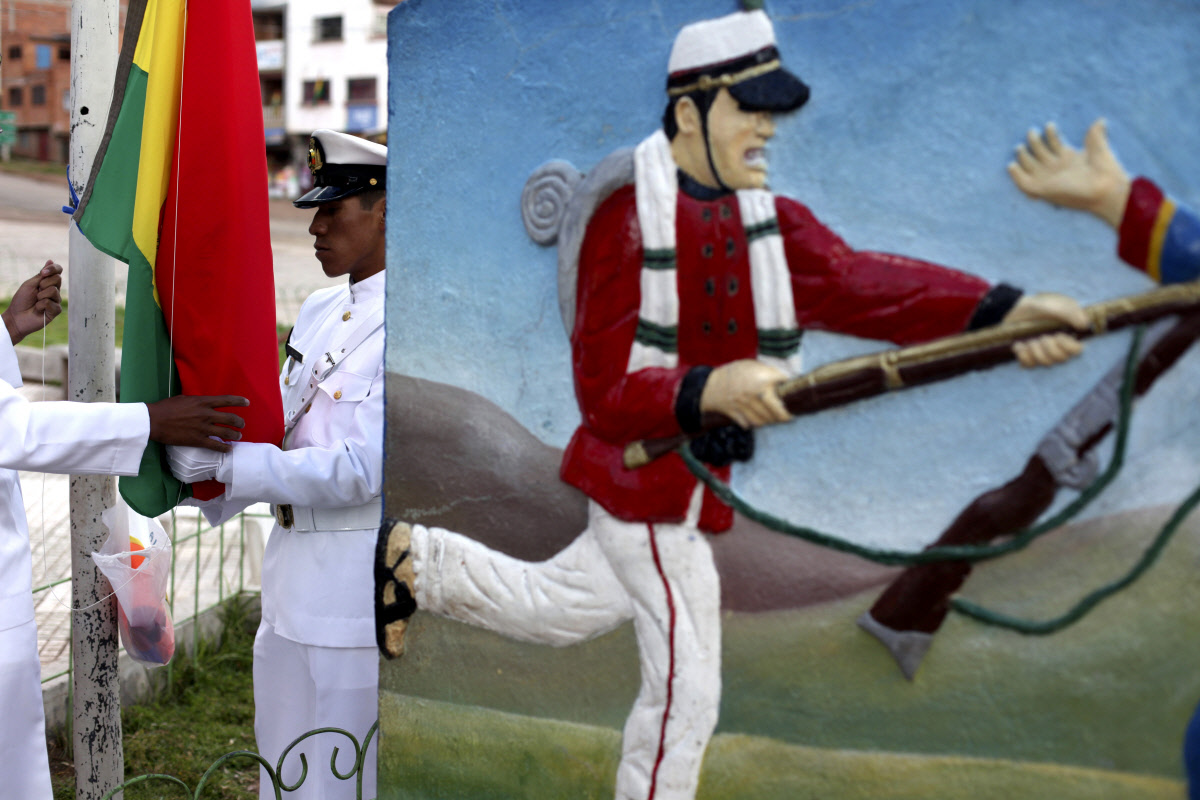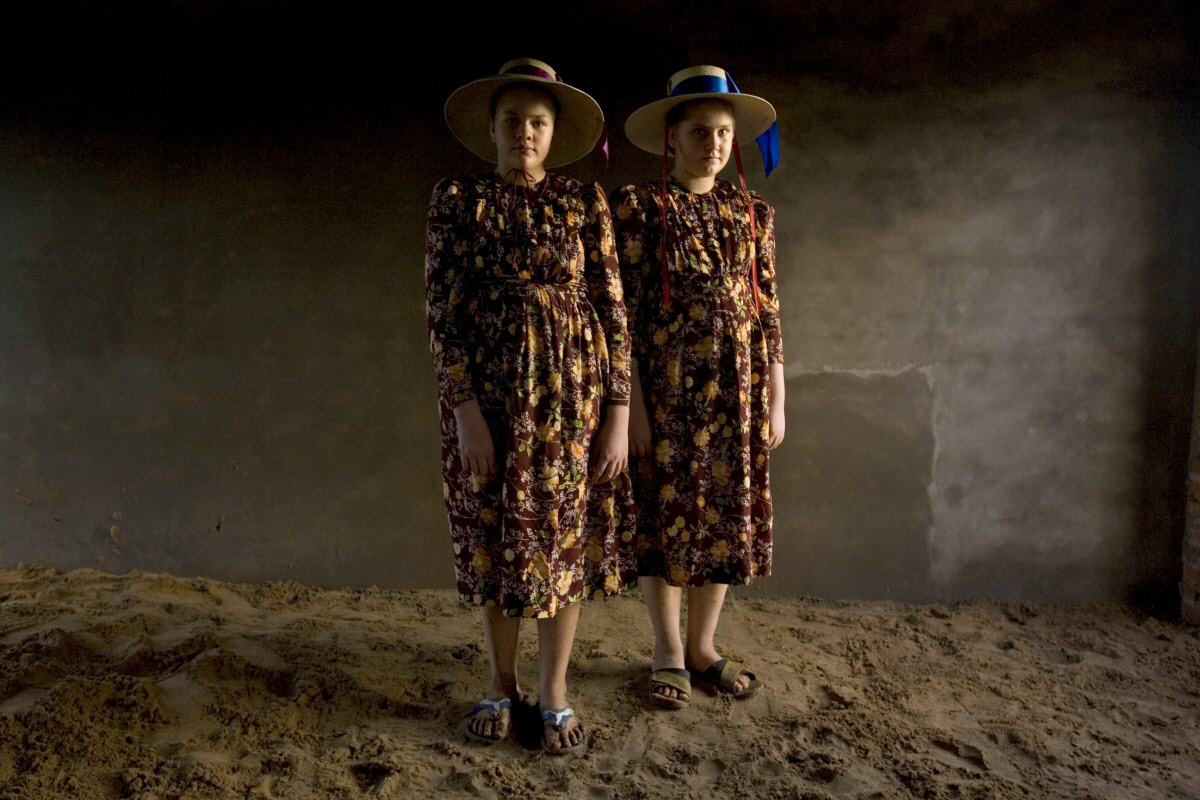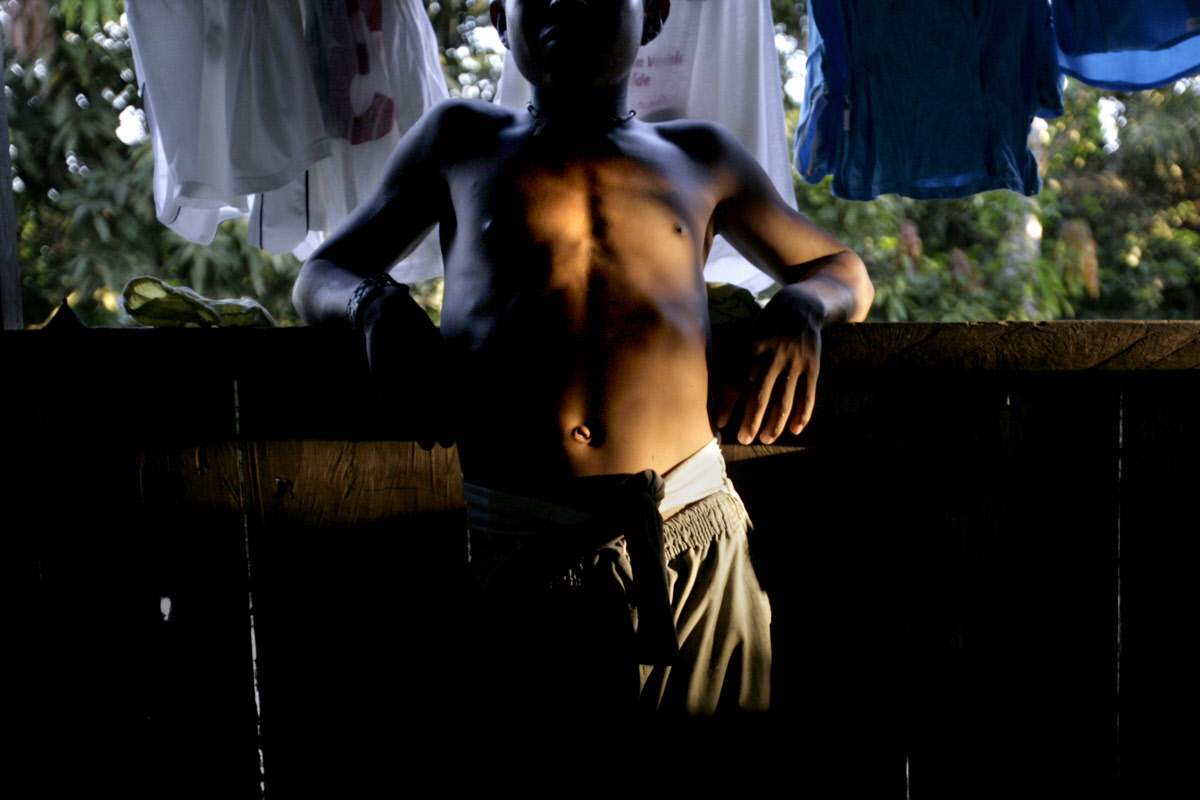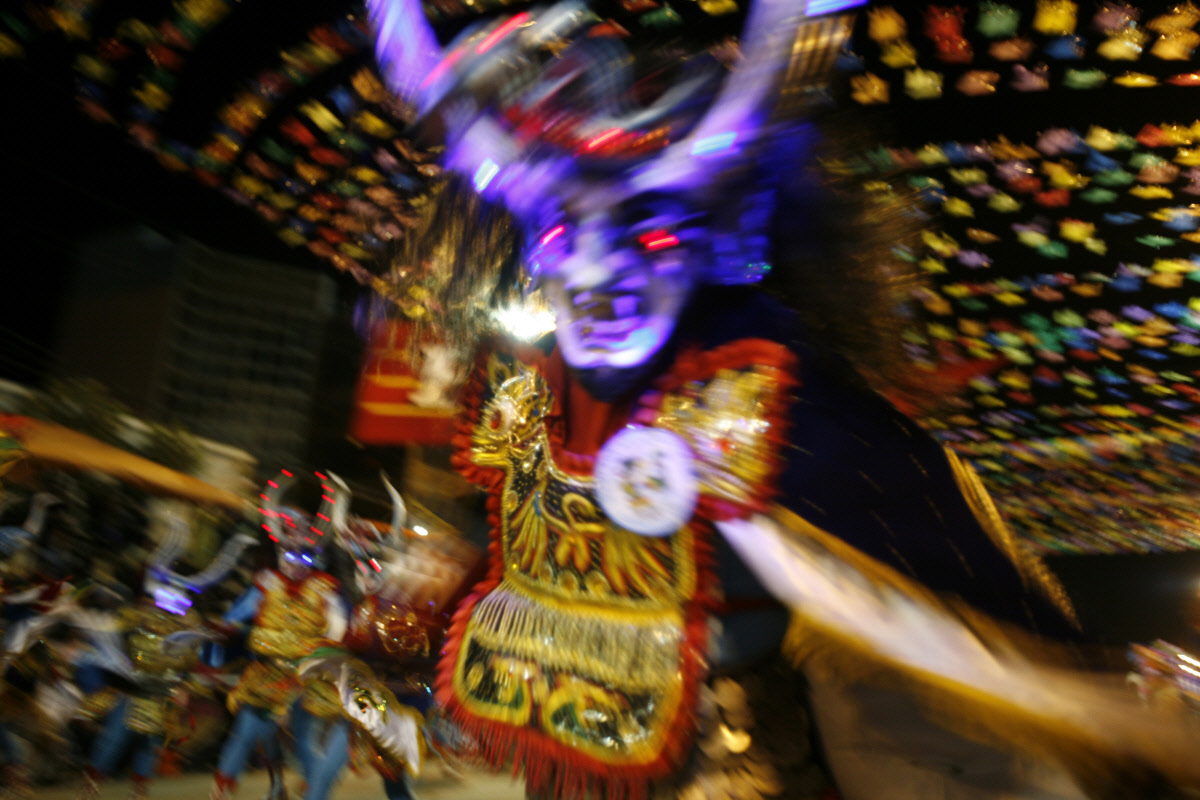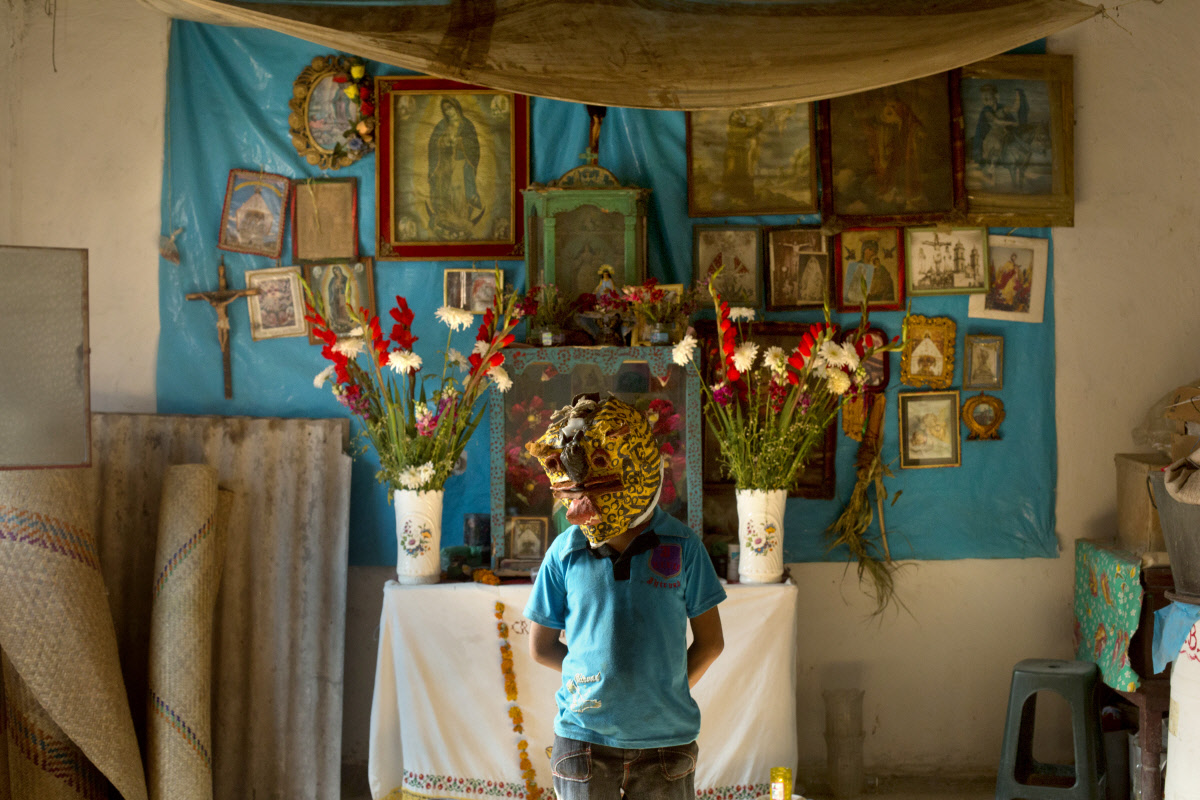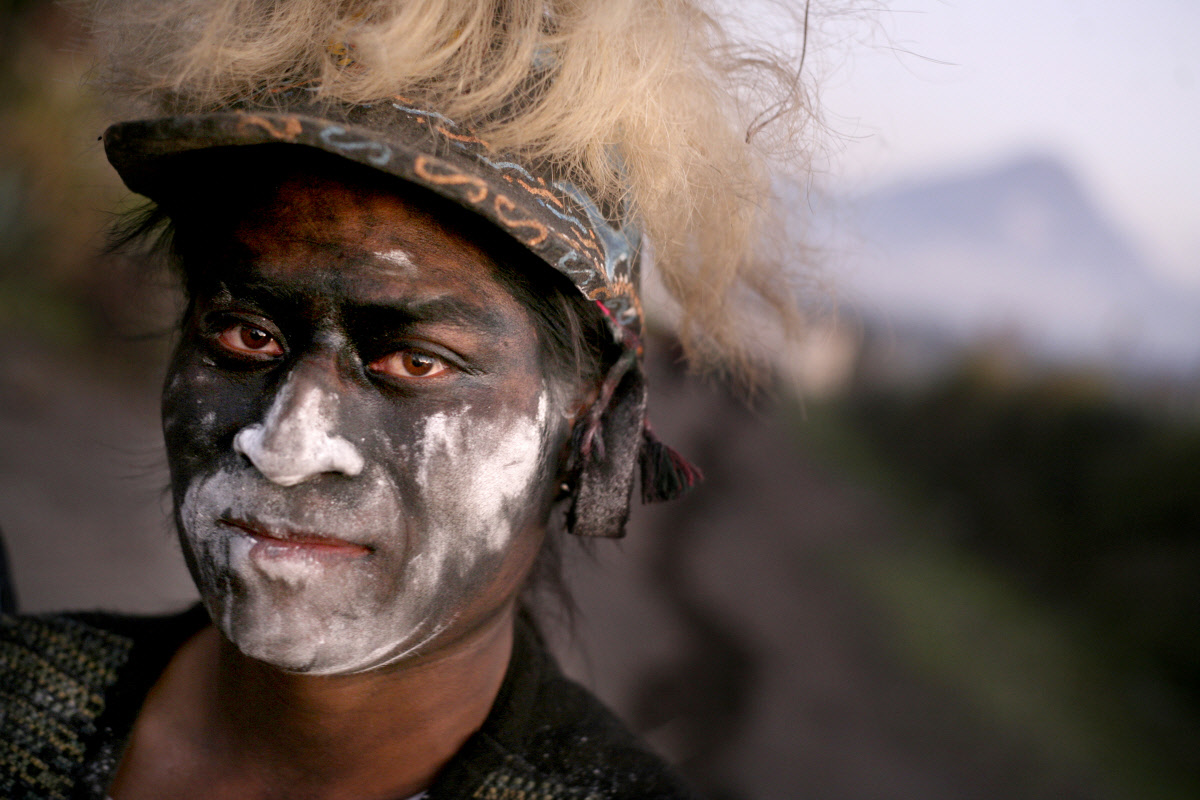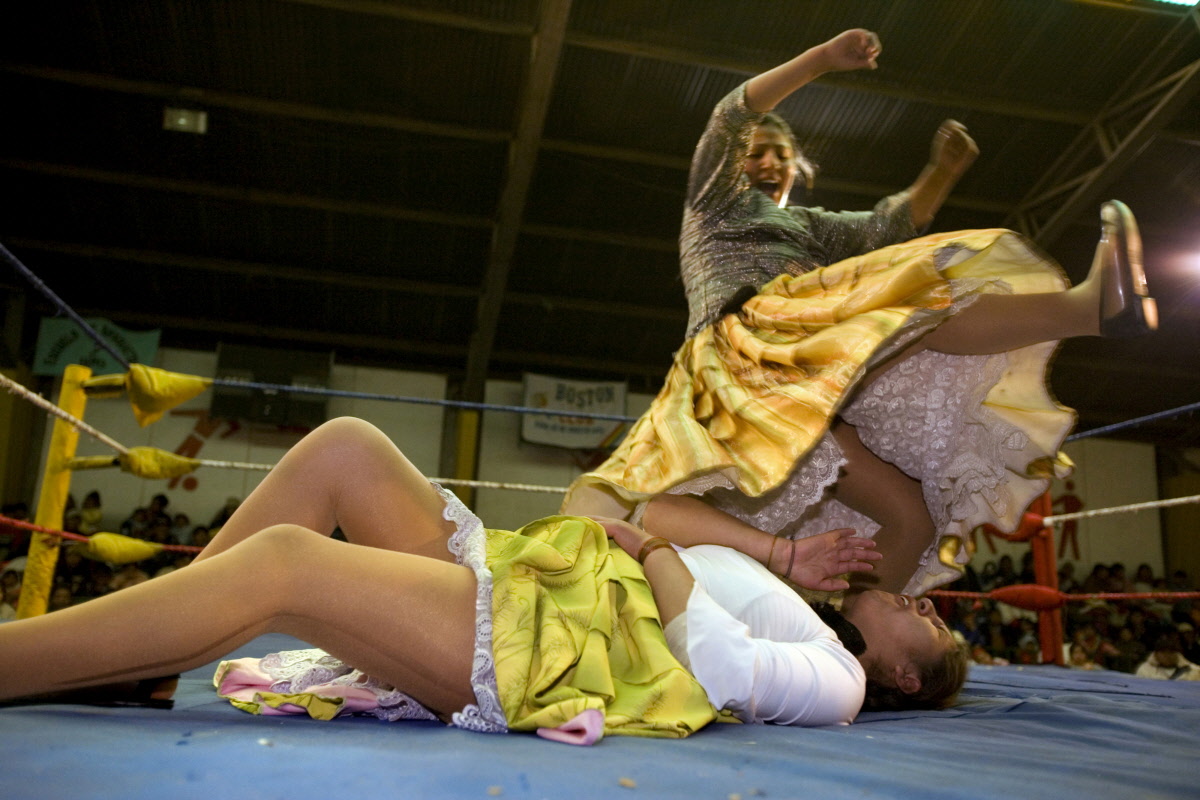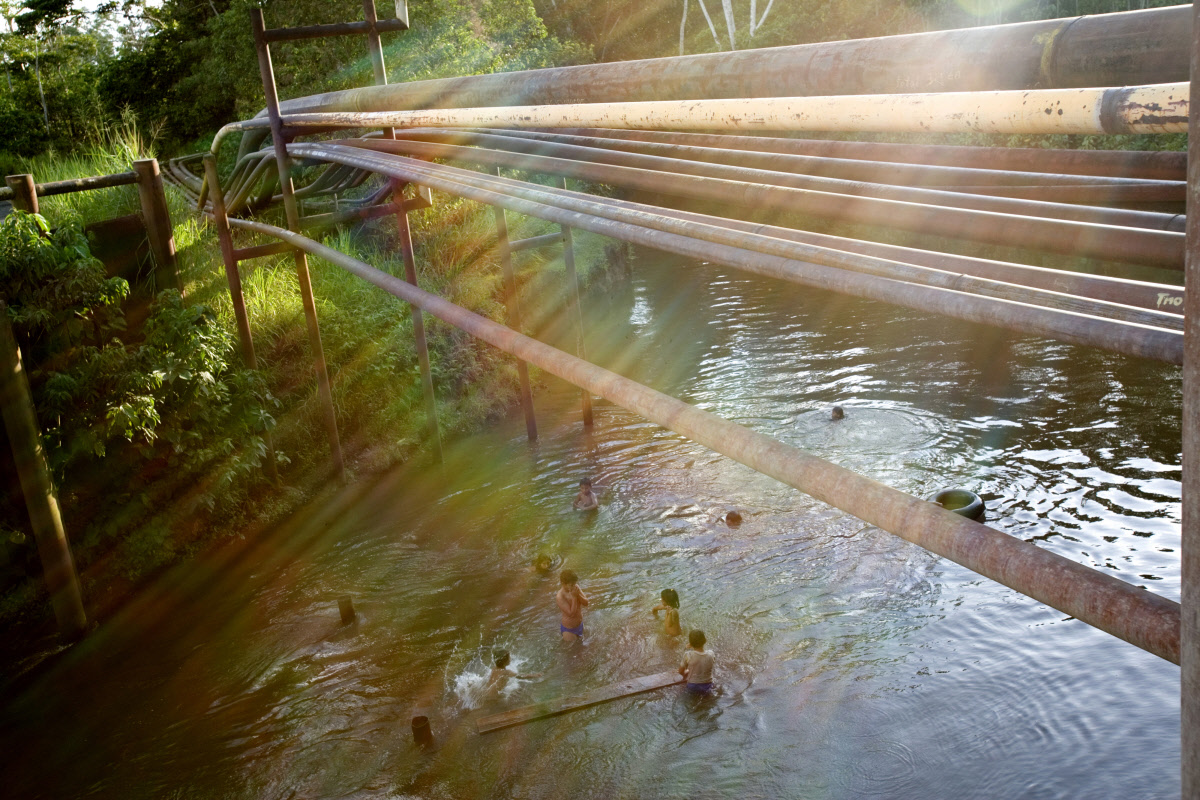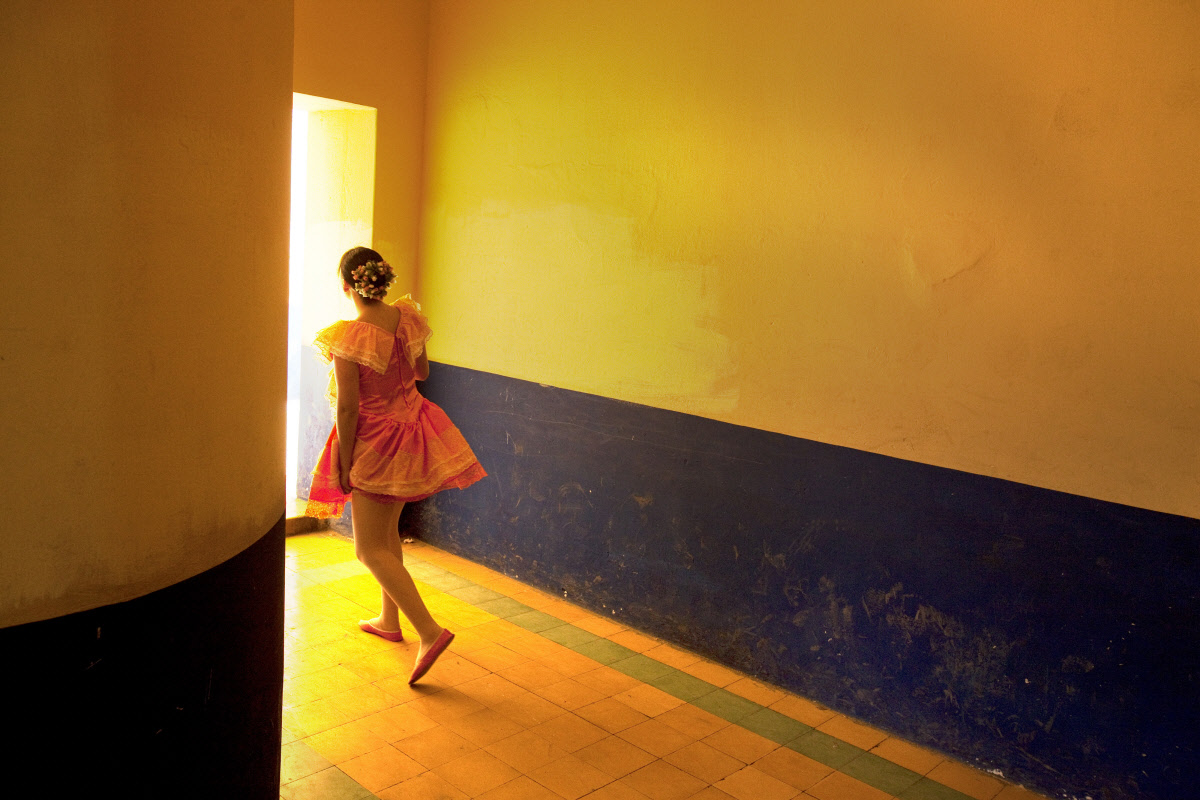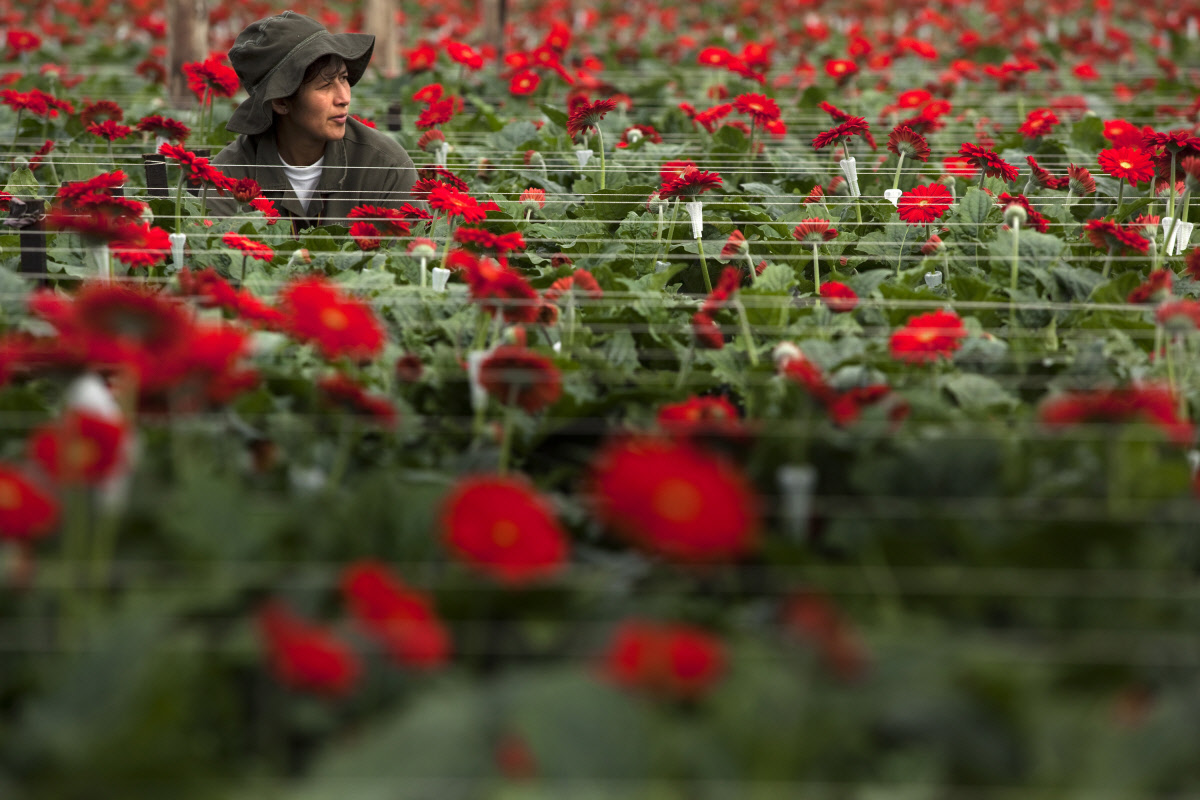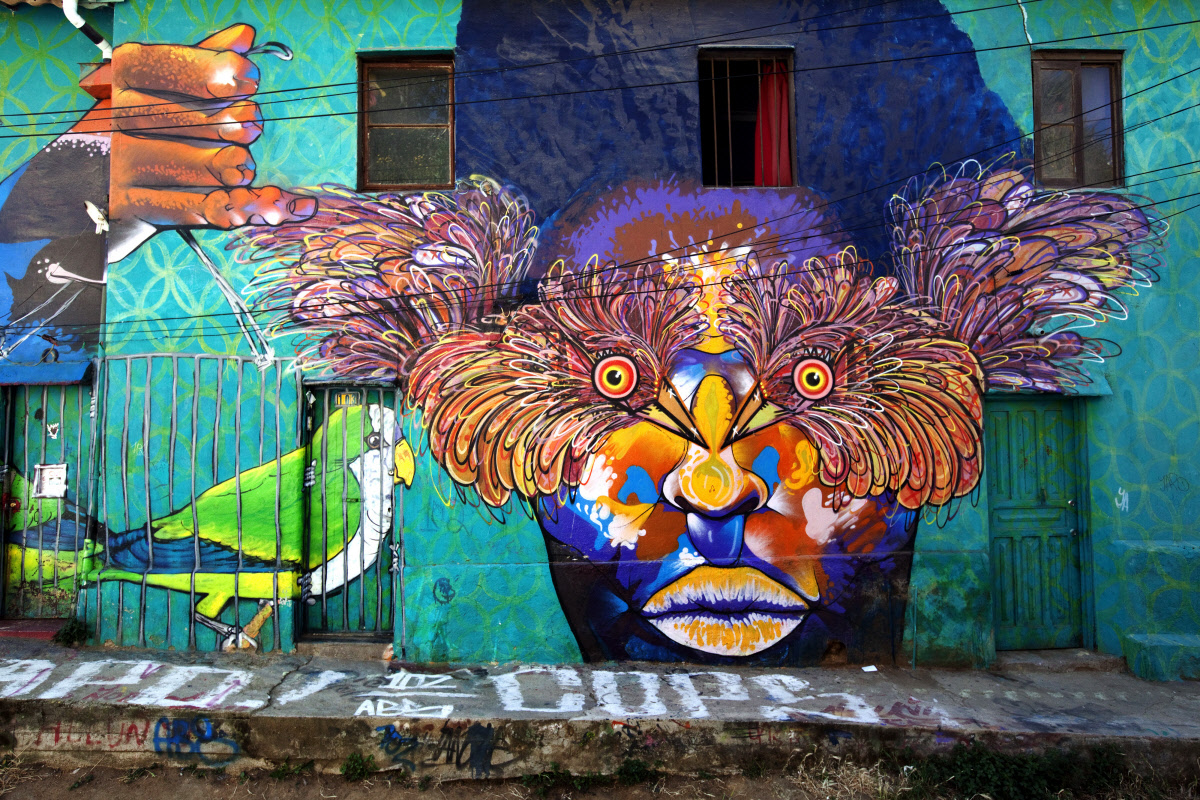Biography
Ivan Kashinsky is a documentary photographer who has worked extensively in Latin America. While working towards his master’s degree in communications, in his home state of California, he met a fellow photojournalism student from Ecuador, Karla Gachet, who would forever change the course of his life. Kashinsky decided to travel with her to her homeland to create a multimedia thesis project exploring the indigenous fiestas of the Ecuadorian Andes.
While the journey was intended to be relatively short, Ivan ended up living in Ecuador for twelve years. He focused his energy on stories about culture and the effects of globalisation on tradition and the environment. In 2007, Kashinsky received his first assignment from National Geographic Magazine to photograph Bolivia’s women wrestlers, who had become unlikely superstars in a machista society. He then went on to photograph more stories for the magazine with his partner, Gachet. The first project was on the wealthy Roma of Buzescu, Romaina, and the second, on Ecuador’s Yasuní National Park, revealing the devastating impacts of oil extraction on the Waorani people and the environment.0
Kashinsky has worked with numerous publications and organisations including the New York Times, Smithsonian Magazine, Geo and the United Nations. His work has been exhibited internationally and recognised in many photojournalism contests. Ivan has led multiple workshops and was an expert photo instructor for National Geographic Student Expeditions in the Galapagos Islands and the Ecuadorian Andes.
In 2016, Kashinsky moved back to his hometown in Los Angeles, California. Ivan and Karla then published another feature in National Geographic Magazine entitled, “How Latinos Are Shaping America’s Future,” in which they documented the lives of Latinxs in the LA area and in a small town in Idaho, called Wilder. Kashinsky also worked on a long-term documentary project about a homeless community on the Los Angeles River. The project was published in the Los Angeles Times and won the prestigious POYi Community Awareness Award. In 2022, Ivan published Project Mi Barrio, a personal photobook about his changing neighbourhood when he lived in Rumihuaico, Ecuador.
Along the LA Wash in Los Angeles there is a hole in the fence called the ‘rabbit hole’.
The southern tip of South America, made up of the Isla Grande de Tierra del Fuego and thousands of smaller islands, is separated from the continent by the Strait of Magellan, where the Pacific and Atlantic Oceans meet in tempestuous seas, and shared between Chile and Argentina.
Bolivia is one of several countries in South America which is home to communities of Mennonites, a group of Christian Anabaptists who migrated to the Americas from Eastern Europe in a number of waves from the late 17th century until the 1950s.
On their epic 7 month journey from Quito in Ecuador down to Tierra del Fuego at the bottom of the South American subcontinent, Karla Gachet and Ivan Kashinsky encountered myriad different communities, landscapes and experiences.
Richly adorned multi-storey mansions with elaborate turrets, balconies, pillars and adornments from across the history of architecture are not the first thing that springs to mind when one thinks of Roma, or Gypsies as they are disparagingly known across Europe.
The Yasuni National Park in the east of Ecuador, home to the indigenous Waorani and Kichwa groups amongst others, is one of the most biologically diverse places on earth, boasting the world’s highest density of amphibian, tree and bat species.
Every May, the small mountain communities of Acatlan and Zitlala in the Mexican state of Guerrero erupt in raucous celebrations during the Catholic Holy week which coincides with the beginning of the spring planting season.
The afternoon sun ignited the dust clouds as silhouettes danced along the mountain path between Salasaca and Pelileo.
It’s a painfully familiar story: a huge, ruthless oil company descends on a quiet, rural location, extracts vast quantities of crude oil with total disregard for the environmental pollution caused, then winds down its operation and leaves the wretched inhabitants of a blighted landscape to piece their lives back together while taking no responsibility for long term damage inflicted.
The Gringo The handsome Techno-Cumbia star took the Ñusta, an indigenous beauty queen, by the hand.
An industrial estate on the outskirts of the Colombian capital Bogota may not be the most romantic association most buyers of elaborate flower bouquets would want to make with their colourful and fragrant expressions of affection.
Once known as “Little San Francisco” and “The Jewel of the Pacific” for its vibrant atmosphere and hilly seaside setting, the Chilean port city of Valparaiso lost much of its status and trading traffic with the opening of the Panama Canal in the early 20th century and subsequently went into decline.

